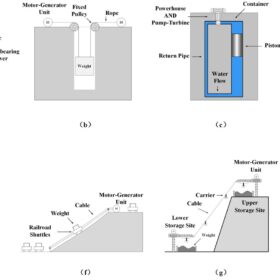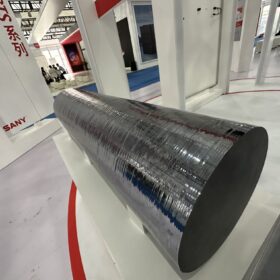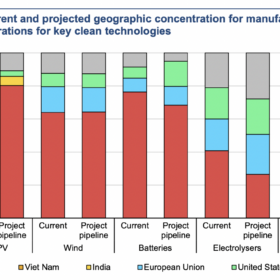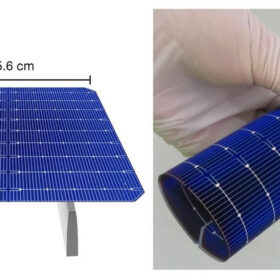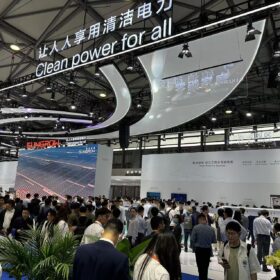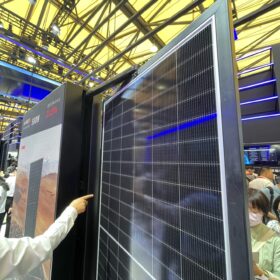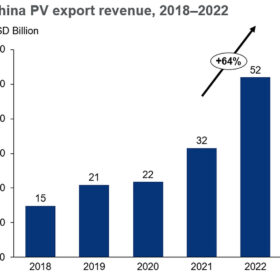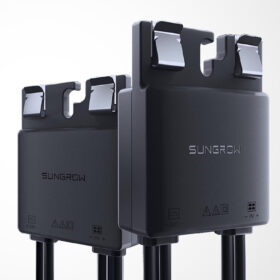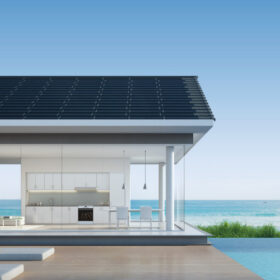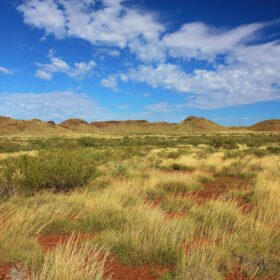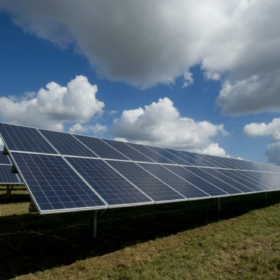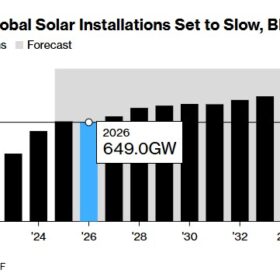Hybridising gravity energy storage with batteries, supercapacitors
Developed by Chinese researchers, the novel hybrid storage technology may achieve an efficiency of over 80% and be applied in distribution and transmission grids. The proposed combination is reportedly able to offer the advantages of gravity energy storage and power-based storage systems in a single solution.
Trina to build 25 GW ingot factory, Longi reduces wafer prices by 30%
Longi said today it cut the prices of its wafer products by 30% and Trina announced it will build a 25 GW monocrystalline ingot factory in the Sichuan province. Furthermore, the National Bureau of Statistics (NBS) revealed that the Chinese PV industry produced 39.92 GW of solar cells in April, and Datang Group unveiled the results of a tender to procure 8 GW of solar panels.
‘Huge subsidy fest’: Australia has the critical materials, but can it compete in the manufacturing race?
A global race is underway to capture the manufacturing market for clean energy technologies. While lady lucky has certainly shone on Australia, competition is fierce, experts say.
Foldable, textured silicon wafers for flexible heterojunction solar cells
An international research team in China has used Czochralski n-type c-Si wafers from China-based Sichuan Yongxiang to build textured wafers with a thickness ranging from 65 μm to 55 μm. They have used the wafers in heterojunction solar cells ton hit efficiencies close to those of devices cells based on conventional wafers.
Unprecedented numbers, size, market growth for China’s SNEC show
The world’s largest solar event has expanded to accommodate the remarkable growth of China’s PV industry, which remains unfazed by future oversupply and international competition. Analysts and market players say Chinese PV demand could reach 130 GW.
Longi launches 590 W TOPCon solar panel with 22.8% efficiency
The new series comes in seven versions, with power outputs between 560 W and 590 W. The power conversion efficiency ranges between 21.7% and 22.8%
Chinese solar exports rose by 64% in 2022, says Wood Mackenzie
China exported 154 GW of PV modules, 24 GW of solar cells, and 41 GW of wafers in 2022. In 2026, annual cell and wafer exports could hit 230 GW and module shipments could reach 149 GW, according to Wood Mackenzie.
Sungrow unveils power optimiser for rooftop PV systems
Sungrow’s new power optimiser has a rated input power of 600 W, a maximum efficiency rating of 99.4%, and a weighted efficiency of 98.8%. It can accommodate up to 30 modules per string.
Goodwe Australia partner with BIPV specialist for new range including solar tile
GoodWe plans to bring a range of building integrated photovoltaics (BIPV) products to Australia, announcing a partnership with specialist Umax Energy. The manufacturer this month released the details of its lightweight new panel, and plans to introduce an integrated solar roof tile to the Australian market.
Perovskite solar cell design promises 31.09% efficiency
Chinese researchers have developed a solar cell using CsSnI3 perovskite, known for its unique phase transitions and near-IR emissions. By simulating the device with various electron transport layers (ETLs) and hole transport layers (HTLs), they determined that the optimal cell could be created using a titanium oxide (TiO2) ETL and a nickel(II) oxide (NiOx) HTL.
